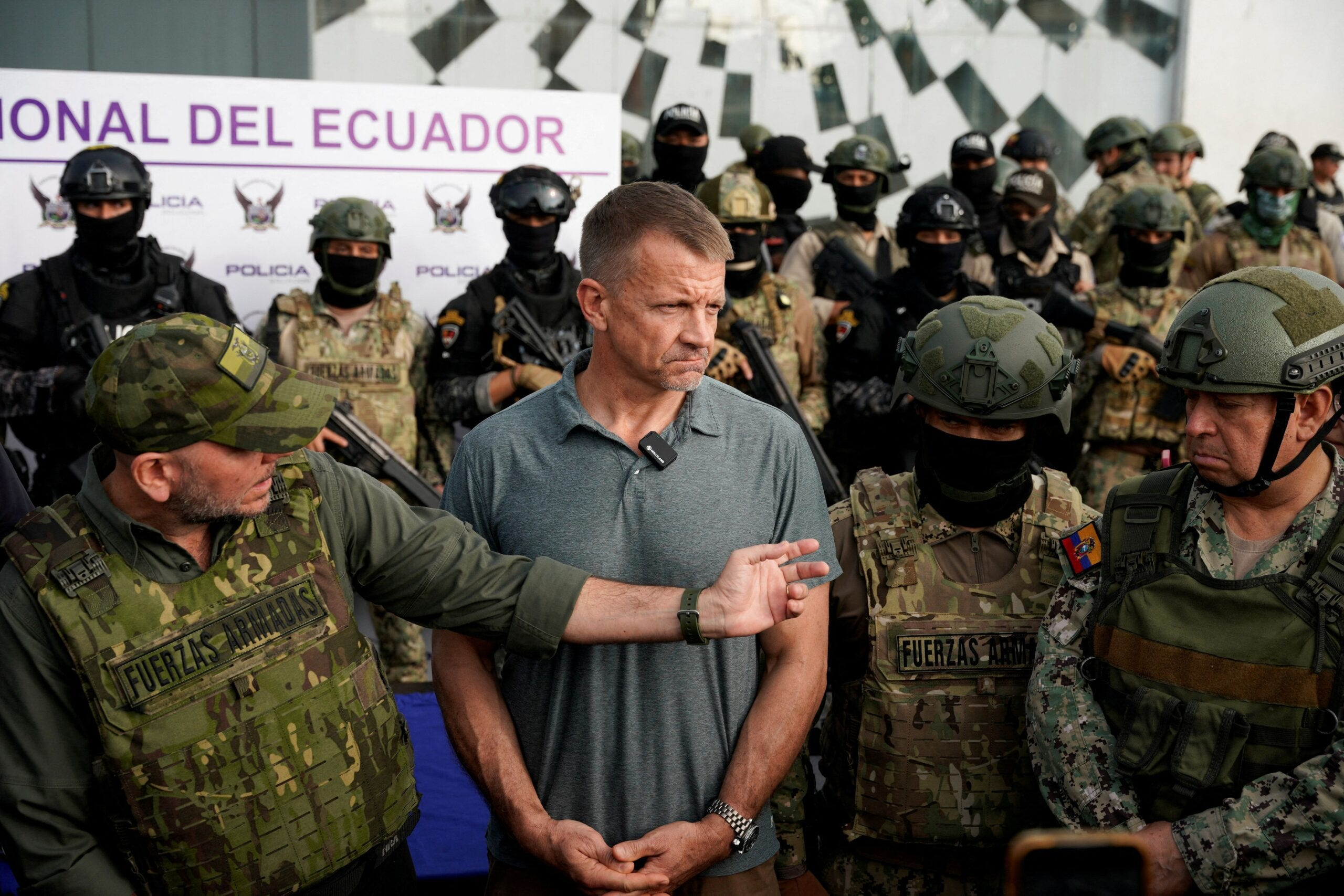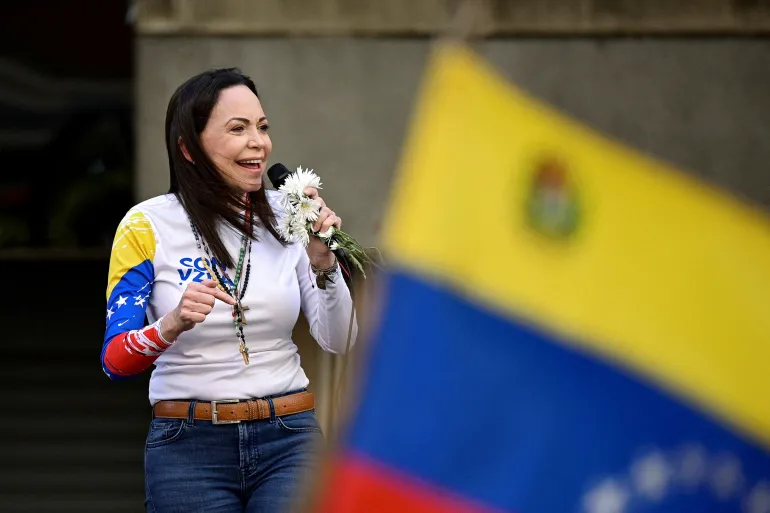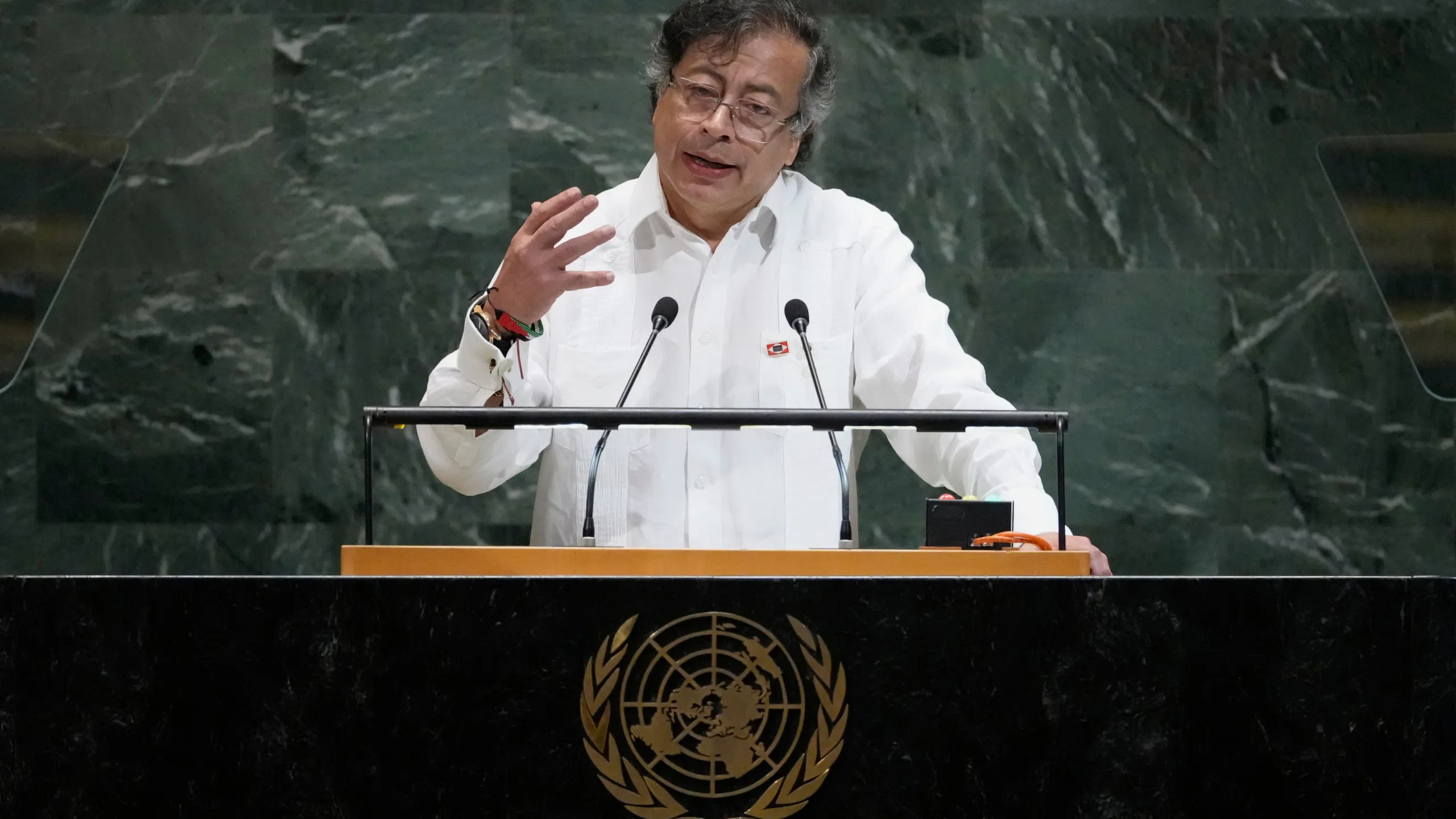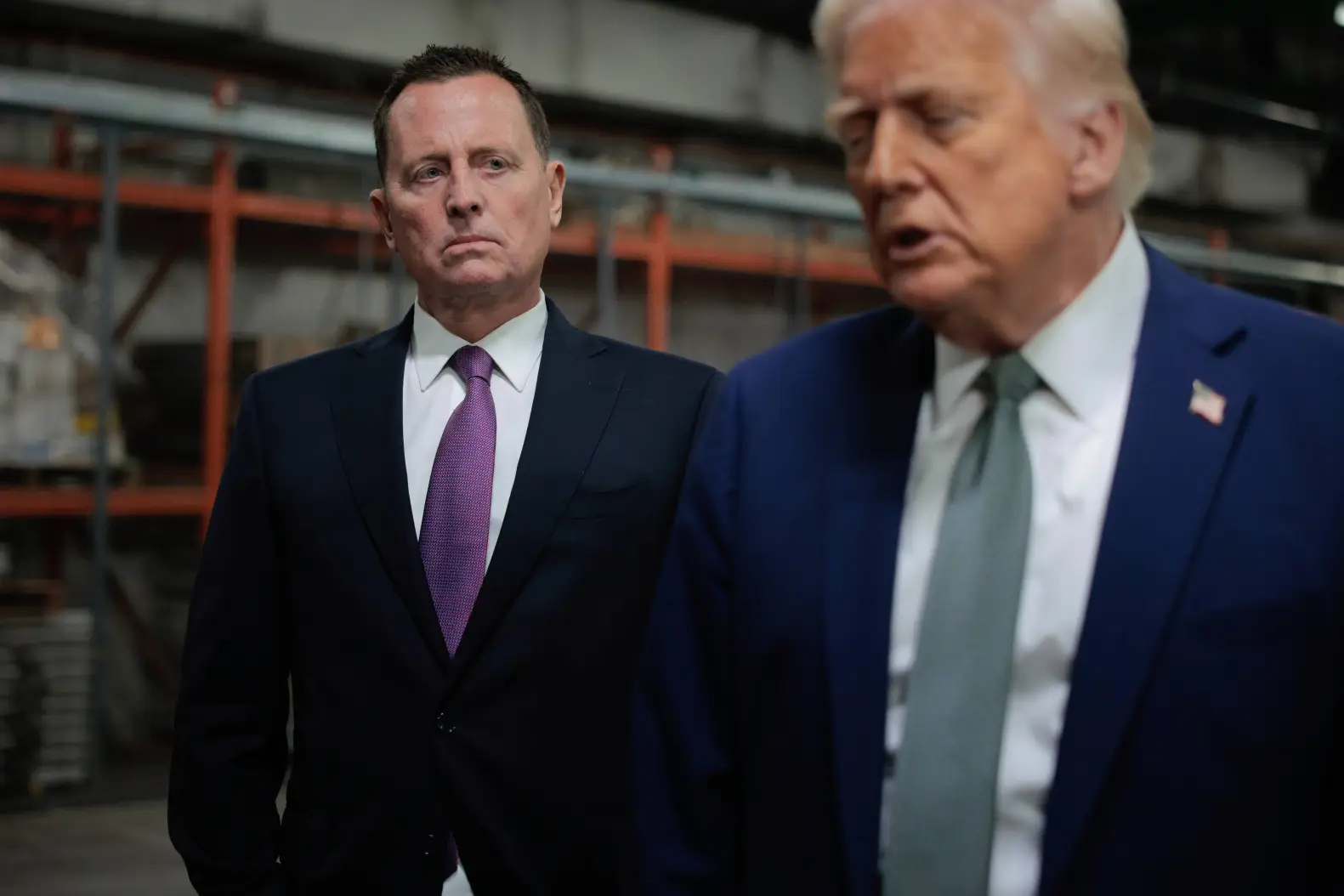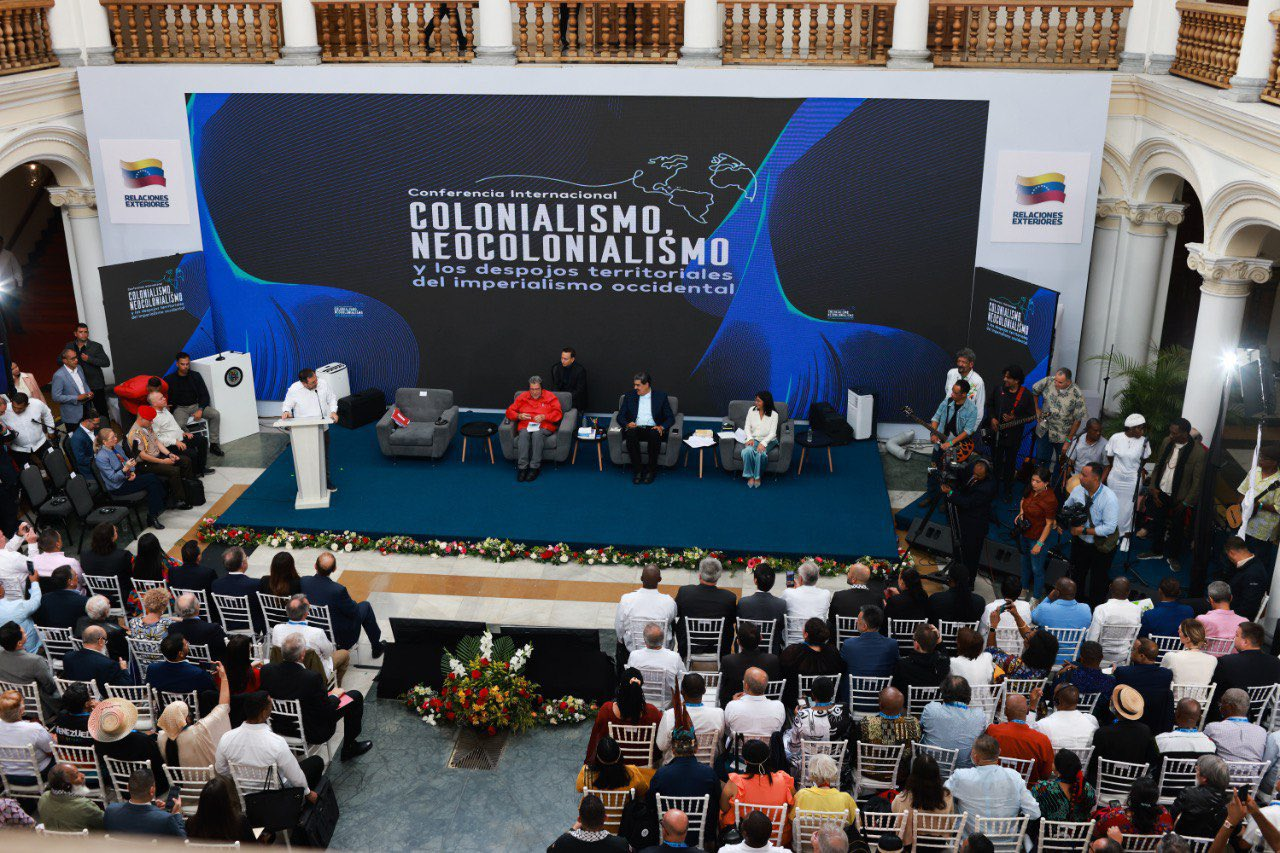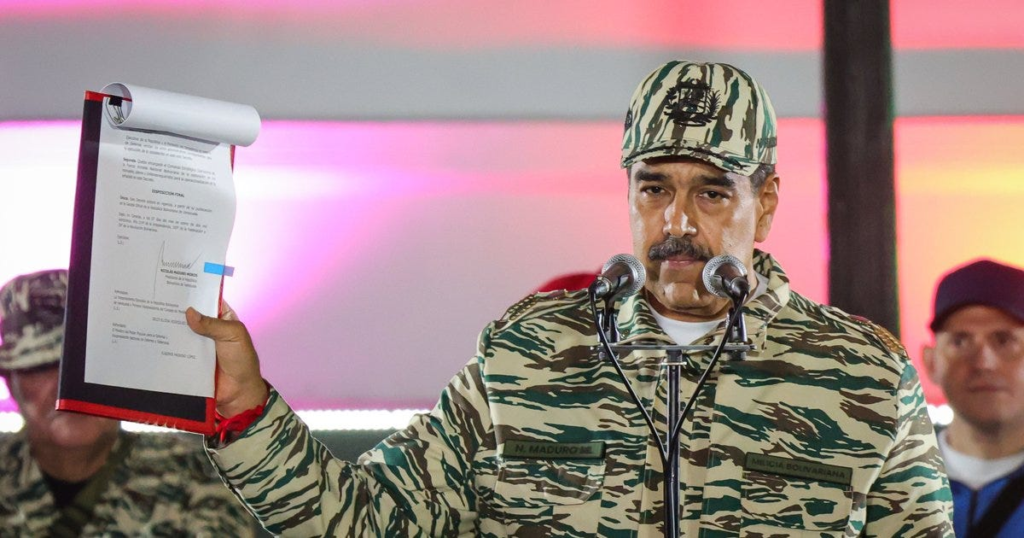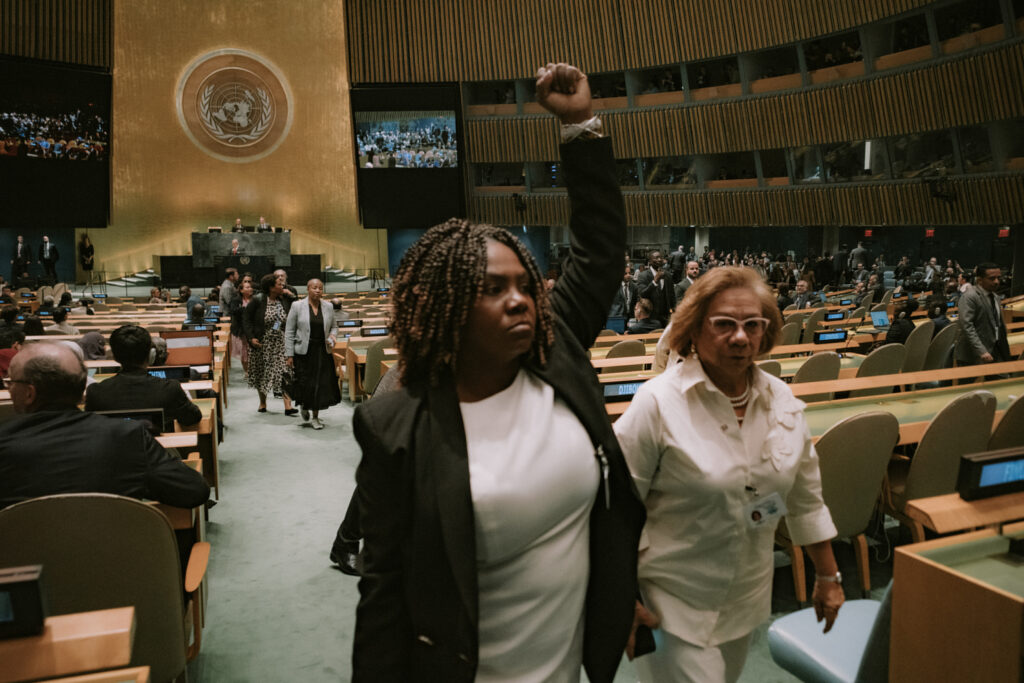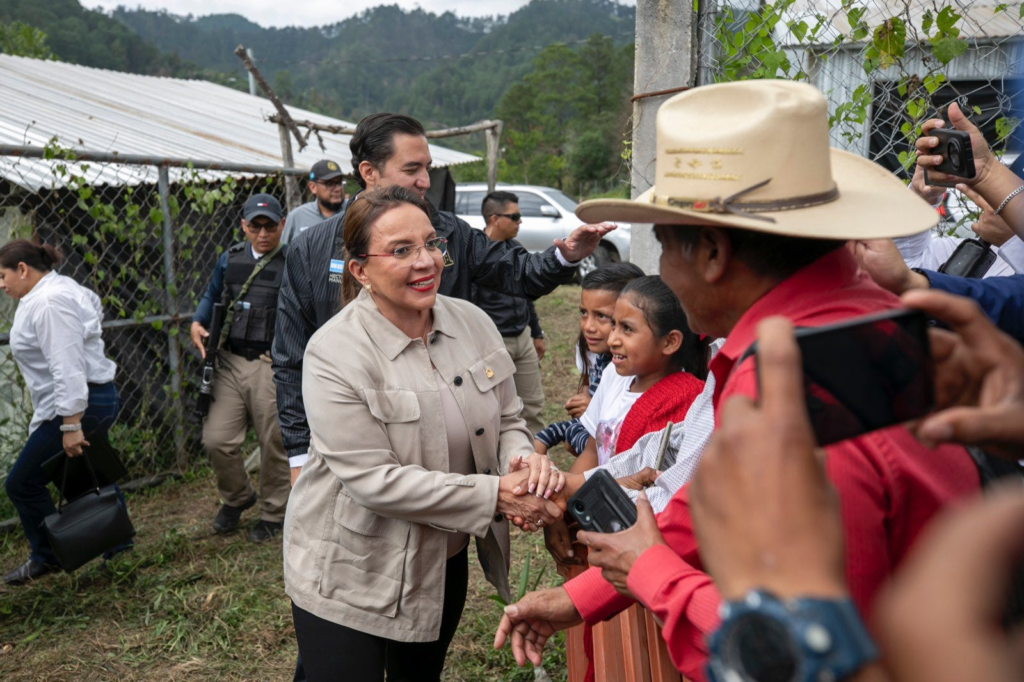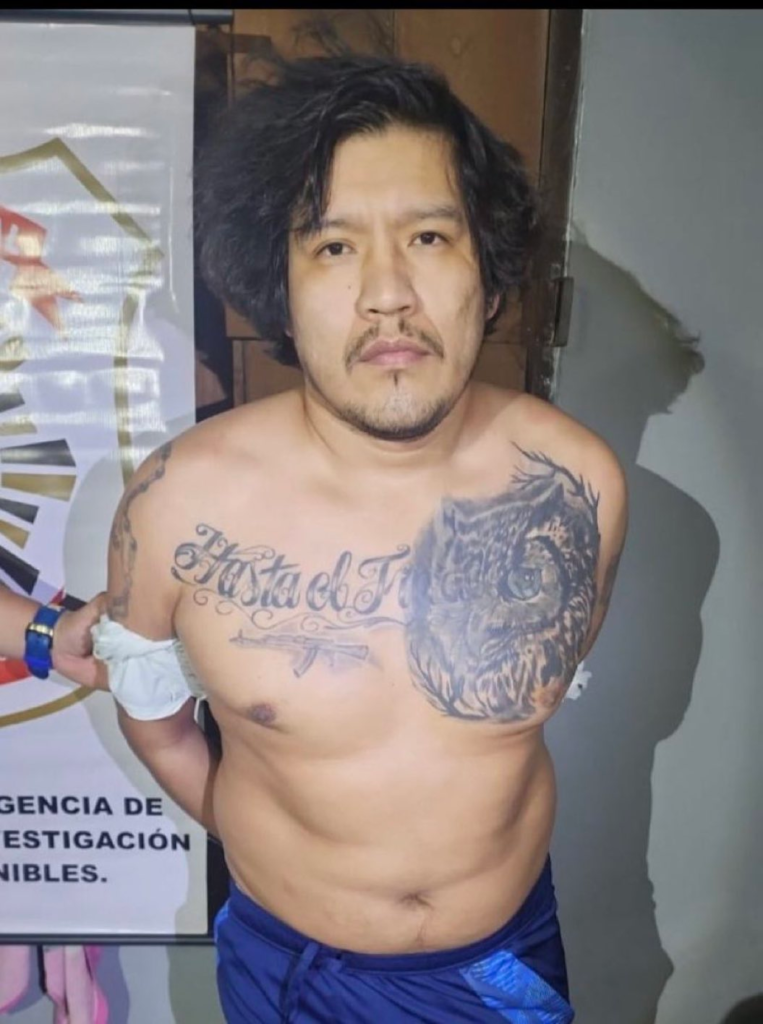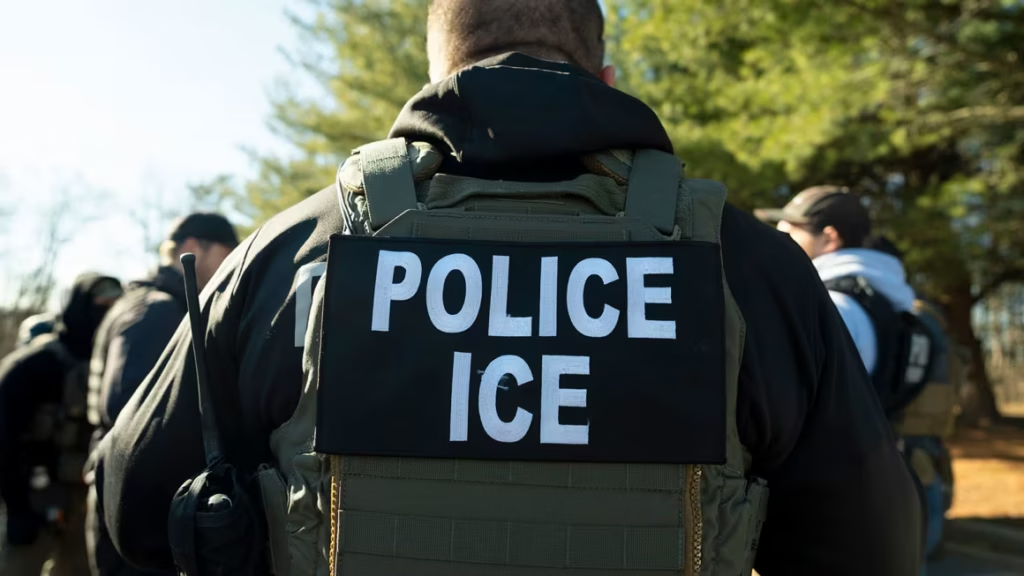Guayaquil, April 6, 2025 – Ecuador is in the midst of a violent crime wave consuming major portions of a once-peaceful country. The violence reminds residents of the destruction and terror that was waged during the height of the Colombian cocaine wars in the late 1980s and early 1990s when organizations were vying for control of territory to expand their drug operations.
Ecuador has always been known as a popular tourist destination in South America, home to the most spectacular natural locations attracting hundreds of thousands of visitors from around the world each year. The Galápagos Islands lie west of the Ecuadorian coastline along the Pacific Ocean, teeming with extraordinary wildlife, or El Coco which is the gateway to the rich landscape and vast expanse of the nation’s proud Amazon Rainforest.
Today, tourists don’t seem as eager to visit the South American nation as news of the vicious gang violence that now grips its communities has traveled as fast as it took for these communities to be overrun.
However, the violence and deadly turf wars in Ecuador didn’t occur in a vacuum.
The country is situated between two other nations in South America that happen to be the largest producers of cocaine in the region. According to the United Nations Office on Drugs and Crime, cocaine production rose from 2020-2021 by a third of previous levels.
Colombia, of course, is no stranger to the violence over the lucrative drug trade, entrenched in its own battle for the last 40 years as revolutionary guerrilla groups in the northern and southern regions scrupulously began resorting to the facilitation of drug trafficking to fund their insurgent operations against Colombian military forces.
Earlier this year, armed rebel groups like the National Liberation Army (ELN), and FARC dissidents of the 33rd Front – who refused to lay down their arms after a peace accord was signed in 2016 with the Colombian government – ignited a turf war in the northern Colombian region of Catatumbo, where coca cultivation has proliferated over recent years.
The same groups are also involved in a deadly competition for territorial control in the southern foothills of Putumayo, Cauca, and Nariño on the Ecuadorian border. These groups are vying for power over the lucrative drug routes that run south across the border into Quito, the Ecuadorian capital, and continue their way further south towards the accessible port city of Guayaquil along the west coast where 90% of illicit narcotics are concealed within shipping containers and trafficked through distribution networks with destinations in Asia, Europe, and the United States.
Peru has also experienced a rise in cocaine production where cultivation increased by 18% in 2022, according to that nation’s anti-drug chief. Its major cocaine production operations revolve around the central Andean mountain country near the city of Cusco.
As reported previously by Reuters, cocaine producers in the region partner with remnants of the Peruvian insurgent group called Shining Path – that earned prominence in the 1980s but has since declined in membership and influence – to support the transport of a substantial amount of cocaine inland across the north Peruvian border into Ecuador.
Recently, Ecuador’s crime problem mostly dealt with petty crimes and thievery. However, with the introduction of drugs and the highly lucrative distribution routes, i.e. ports of Guayaquil, that accompany them, the rate and severity of the violence has become more deadly as the influx of gangs and heavy weaponry began to overwhelm state forces who were not equipped to manage the level of threat that these criminal organizations presented to the national police.
In January of 2024, a local TV station in Guayaquil was stormed by masked men who claimed themselves affiliates of Los Choneros, a criminal gang currently responsible for the tremendous violence in the area. The incident took place during a live broadcast and displayed the brazenness and the pervasiveness of the local gang activity in Guayaquil.
An individual is killed every two hours in the city and seven are kidnapped, according to government data.
Daniel Noboa of the National Democratic Action Party and incumbent president of Ecuador, campaigned on the promise of rebuilding the South American republic and reviving a struggling economy, as well as finding a solution to the rampant rise in crime and violence throughout the country.
Noboa, 37, who was first elected to office in October 2023 has attributed the proliferation in violence to the drug trade whilst vowing to reduce the country’s public corruption.
Noboa faces Luisa González, 47, from the Citizen Revolutionary Movement, a left-wing populist party and member of the National Assembly in a run-off next week on Sunday for the presidential election.
Critics of Noboa say that the president has done very little to reduce the rate of violent crime in the country, as the issue remains top of mind for many voters.
Yesterday, Ecuadorian politics were at the center of social media content as Erik Prince, founder and former CEO of private security firm, Blackwater arrived in Guayaquil to accompany Ecuadorian security forces to oversee operations throughout the western port city where 10 homes were raided and 40 individuals were taken into custody.
The presence of the former leader of the notorious mercenary group that made headlines for the killings of civilians in 2007 during the U.S. intervention in Iraq, was a show of force for the Ecuadorian state forces and the government of Daniel Noboa who has agreed to partner with Prince as part of a broader plan to clamp down on the violent crime epidemic scourging Ecuador’s streets.
Prince, who would be joined by advisors will work in conjunction with the Noboa government in what has been called a “strategic alliance” to bolster the nation’s state security forces to help combat the criminal elements. Noboa has also outlined plans to introduce U.S. forces to function in an advice and support capacity to help eradicate the criminal narco-networks in the region.
Noboa’s opponent, González has recently mocked Noboa for the idea, claiming that Noboa has forfeited the independence and sovereignty of Ecuador to “Gringolandia” and outside forces.
Shortly after his election in October of 2023, Daniel Noboa declared a state of emergency in seven of the country’s 24 provinces whilst designating 22 gangs operating in the country as terrorist groups.
In 2024, there was a noticeable reduction in homicides in the country as a result of a more aggressive stance against violence and crime in Ecuador. Since then, several emergency declarations have been extended.
Noboa has also outlined plans to construct Ecuador’s first mega-prison modeled on the controversial Terrorist Confinement Center, also known as CECOT built under the leadership of El Salvador’s president, Nayib Bukele, who uses the institution to house members of the violent MS-13 and 18th Street gangs that once ruled the nation’s streets with absolute impunity.
The raging violence across Ecuador is startling to its citizens. Many never would have imagined that such turmoil could occur in their country.
On Sunday the 13 of April, the voters of Ecuador will have a choice to make in who they believe will be able to eradicate the threats their country faces from criminal groups. Do the people of Ecuador believe the choice is to bolster their state security forces and partner with outside paramilitaries to bring the fight to the gangs in much the same way El Salvador did in cleaning up their streets, or do they believe in an alternative choice that proposes more emphasis on funding for social welfare programs and economic opportunities?
The difference is being drawn along the typical party lines between a more conservative and liberal approach to governance as witnessed recently throughout Latin America during an era in which violent crime and drug organizations are wielding more power today than ever before.

